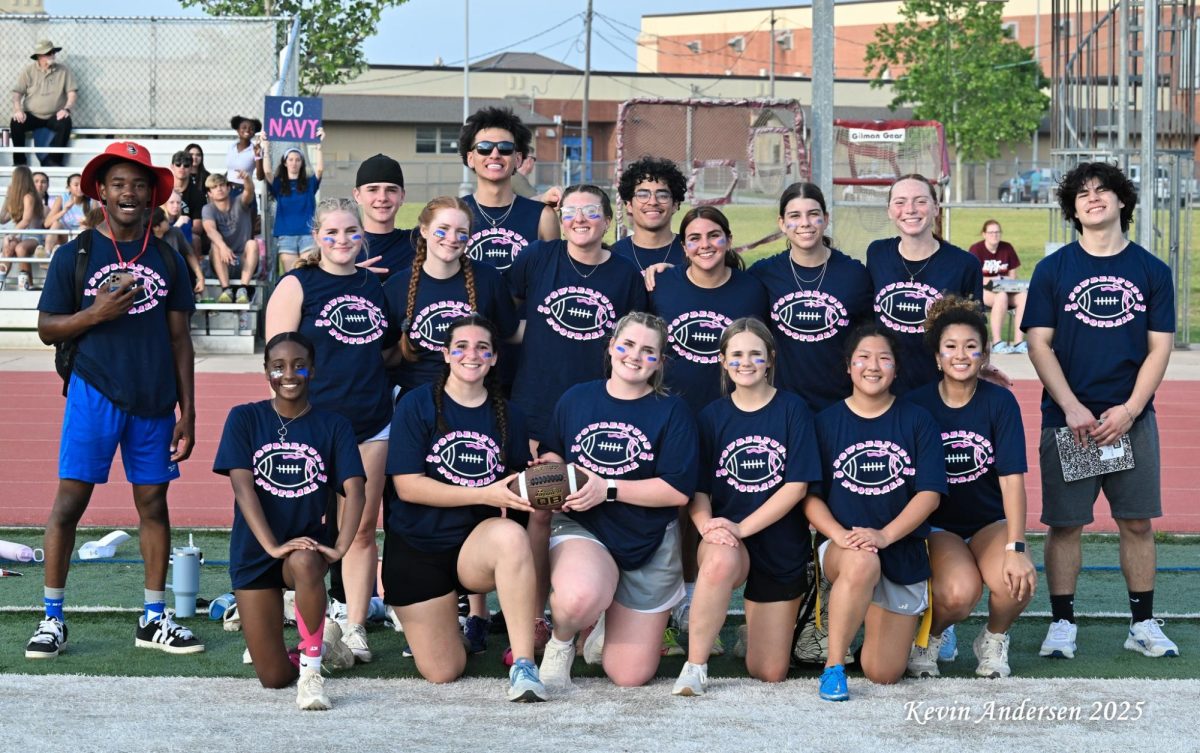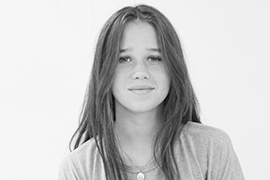The biggest dress code change this year will be focusing on and enforcing the need for students tops to meet their pant line with no midriff exposed.
“We’re really not wanting any midriffs to be shown,” assistant principal Holly Glasgow said. “That’s probably the one of the bigger changes from last year that it was always in the dress code, but it’s one that we’re really focusing on this year”
The trend, exposed midriff, is an issue that was pointed out and discussed at district meetings over the summer, it was an area that needed focus this upcoming school year.
“There was a lot of concern from faculty, from administration, from the community, not just at Johnson, but from the entire district; it’s an issue at all schools,” Glasgow said.
Teachers are asked to keep an eye out and ask students to pull down shirts or put on a different shirt.
“I know a lot of girls like to pull the top behind with a with a scrunchie, tuck it under, roll it under. That’s an easy fix. You just undo it. Kind of roll it down a little bit if it’s a, if it’s a different kind of situation, a strapless tube top or the crop top will ask for a jacket to be put on over it, or for them to go down and put on a different shirt,” Glasgow said.
The dress code can be found in the Student Handbook and the parent handbook, but there won’t be any changes in the future.
“I like the policy and I do see the reason for enforcement,” junior Morgan Davenport said. “But sometimes it can be really hard to follow.”
Typically, if students respond well and fix the problem it’s no big deal. If students are not wanting to fix the shirt it leads to potential detention consequences.
“Possible consequences can range from things like a lunch detention, depending on the number of infractions, but the attitude is what kind of factors it into a different level of consequence,” Glasgow said.
The amount of midriff shown does not affect the consequences. No matter how minimal, midriff shown could lead to consequences.
“If it’s like habitual, it’s just sort of like it’s just sort of a revolving door of consequences but attitude is what starts to make it a different kind of infraction because it’s not necessarily about dress code at that point, it starts to become more about attitude,” Glasgow said. “And usually there’s sort of other factors that we have to address at that point.”
It helps when everyone pitches in and does their job to wear the right things. It also helps when teachers and staff do their part to monitor the dress code.
“We’re not out to be mean or ugly. We want everybody to look good, but we also want people focused on their students and not what their students are wearing,” Glasgow said. “Staff wants to focus on the student, as a person. It also takes away a little bit of time from the learning environment, and it kind of lessens the relationships that students may have with the teachers.”








